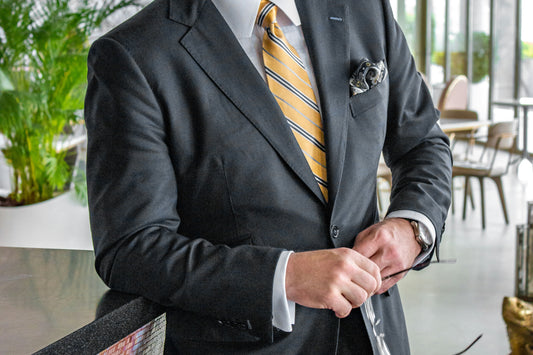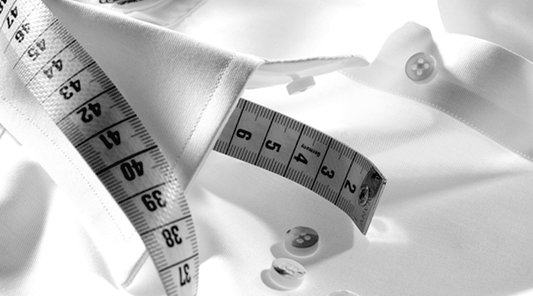Grooming Blog

The Evolution of Men's Tailoring: From Traditio...
When it comes to men’s fashion, few things are as timeless and significant as the tailored suit. It has long been a symbol of sophistication, professionalism, and personal style. But...
The Evolution of Men's Tailoring: From Traditio...
When it comes to men’s fashion, few things are as timeless and significant as the tailored suit. It has long been a symbol of sophistication, professionalism, and personal style. But...

First Impressions Matter: Why Dressing for Job ...
Congratulations on your new job! Your first day—the job orientation is a significant black formal suit event that could shape your career with a new employer & colleagues. Making a...
First Impressions Matter: Why Dressing for Job ...
Congratulations on your new job! Your first day—the job orientation is a significant black formal suit event that could shape your career with a new employer & colleagues. Making a...

Tips on How to Measure a Dress Shirt
As we head towards the New Year! I am sure we all have waited for this year to end and could not have been happier, With the new year we...
Tips on How to Measure a Dress Shirt
As we head towards the New Year! I am sure we all have waited for this year to end and could not have been happier, With the new year we...

Men’s Dress Shirt Style Guide – Choose the Best...
You only get one first impression, and it is important to make it count. This is huge especially in a formal setting, where a person has already made a decision...
Men’s Dress Shirt Style Guide – Choose the Best...
You only get one first impression, and it is important to make it count. This is huge especially in a formal setting, where a person has already made a decision...

